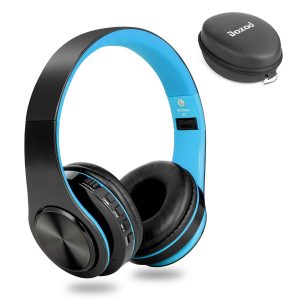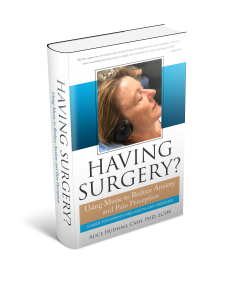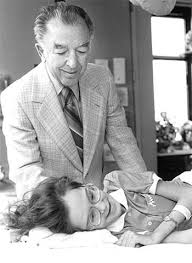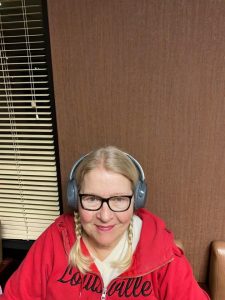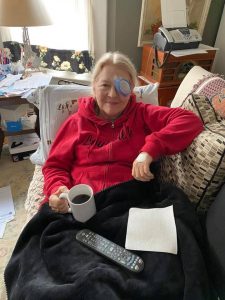Surgery with Music Blog Series, Post #18: Doctors from Major Hospitals believe in Surgery with Music
Many people want to know if doctors from major hospitals believe in surgery with music. And the answer is…yes they do! Why? Because not only are there literally hundreds of studies documenting the decreases in patient anxiety, pain perception and anesthesia/sedation requirements, but doctors have seen with their own eyes what happens when a patient is listening to soothing music through headphones during the procedure.
One of my proudest moments was when I received an invitation from Cleveland Clinic Florida in 2011 to speak to their weekly Grand Rounds for Surgeons and Anesthesiologists! I was honored to speak to a full house of surgeons and anesthesiologists and many, many of them had questions for me.
One of the biggest factors in my proprietary music is that component of rhythmic entrainment. Physicians want to understand this 300-hundred year old named phenomenon which is a principle in physics. Once they understand that this applies to the rhythms in the human body as well as other vibrating objects such as pendulums, and metronomes, it is easy to see that music with a slow, steady pulse can entrain the heartbeat and breathing. When a patient is waiting for surgery, they often have rapid heartbeat and breathing. The music, through headphones, stabilizes the heartbeat and breathing and in the process, the patient begins to stabilize and then require less anxiety medication, less anesthesia and less pain medication afterwards! It’s a win-win for everyone!
And yes, they are also in use at the Mayo Clinic in Rochester, MN in their post-cardiac care unit! The nurses there say that patients love the pre-loaded headphones and the soothing piano music that they hear.
Johns Hopkins Hospital in Baltimore has been using one of our Cloud Kits for a couple of years now with surgical patients as well as endoscopies and endoscopies. Patients and doctors both report a calmer pre-surgery area as well as a calmer and quieter post-surgical recovery area. When Patients listen to our proprietary music all the way through their procedure, they typically recover faster and with fewer side-effects as a direct result of less medication throughout the process.
To download our five proprietary playlists, go to www.SurgicalSerenitySolutions.com/buyanapp. To purchase my new book, “Having Surgery? Using Music to Decrease Anxiety and Pain Perception,” go to www.SurgicalSerenitySolutions.com/SurgeryBook. Stay healthy!


